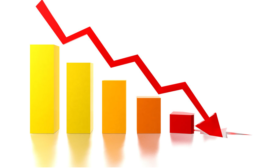Home » wellness
Articles Tagged with ''wellness''
How a new anti-sitting app can help lower your blood pressure
Desk-bound workers get reminders to stand, move
October 25, 2018
Never miss the latest news and trends driving the safety industry
eNewsletter | Website | eMagazine
JOIN TODAYCopyright ©2024. All Rights Reserved BNP Media.
Design, CMS, Hosting & Web Development :: ePublishing








